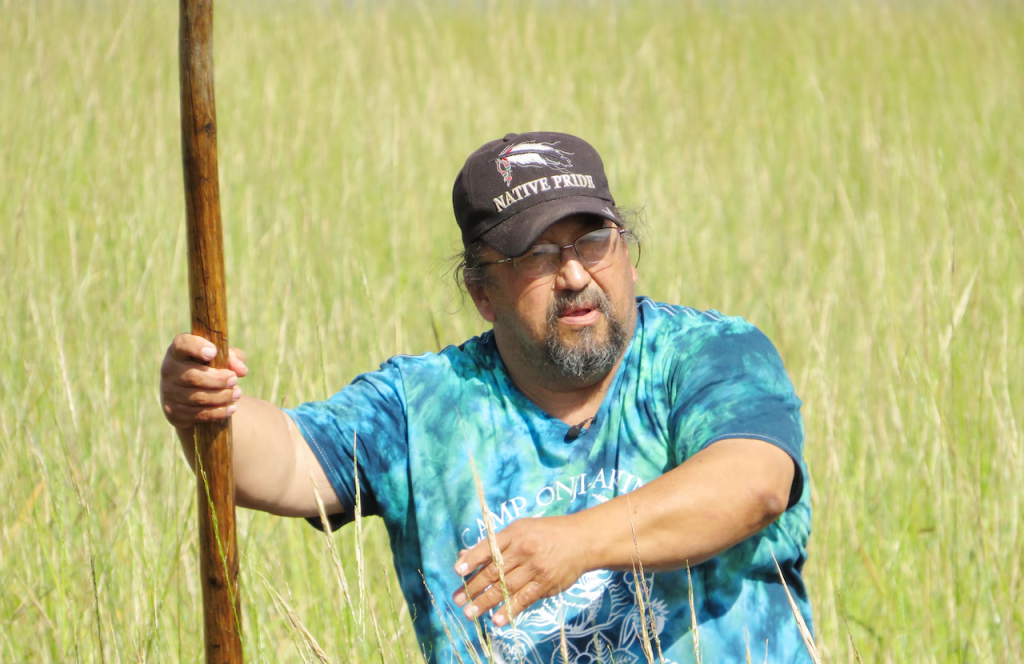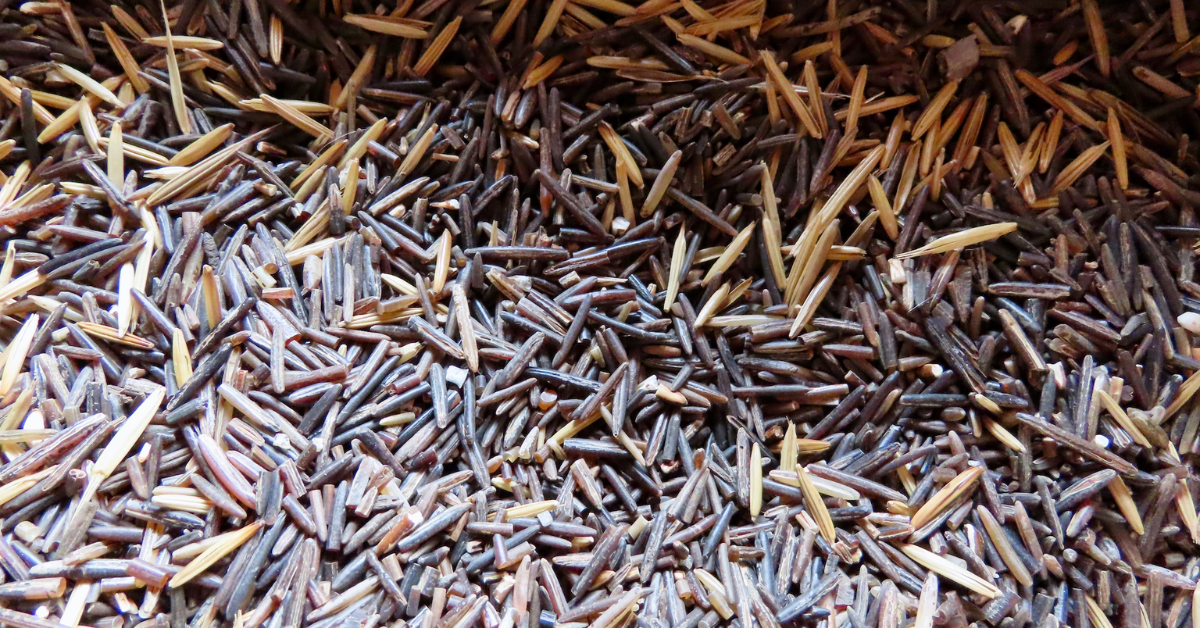Michigan’s tribal experts are taking new steps to restore and protect the state’s remaining wild rice beds. A detailed plan to help with this effort was discussed on January 24 during an environmental conference organized by The Stewardship Network, a nonprofit based in Ann Arbor. Experts from Indigenous communities and academia spoke about the plan, which is part of the Michigan Wild Rice Initiative, during a presentation at Michigan State University in East Lansing.
The plan comes a year after wild rice, known as manoomin, was officially recognized as Michigan’s state native grain. The designation is symbolic, similar to how the white pine is the state tree or the Petoskey stone is the state’s official stone. However, tribal leaders and conservationists hope this recognition will help ensure that manoomin is more than just a ceremonial title.
Roger LaBine, a tribal elder and wild rice expert from the Lac Vieux Desert Band of Lake Superior Chippewa, emphasized the importance of this initiative. He explained that wild rice holds deep cultural and spiritual significance for Michigan’s Indigenous tribes. Manoomin is central to the Anishinaabe migration story, which explains how the Ojibwe, Odawa, and Potawatomi tribes came to settle in the Great Lakes region. These tribes, collectively known as Anishinaabe, view wild rice as a sacred relative with its own spirit.
Over time, much of Michigan’s wild rice was lost, especially in the Lower Peninsula, due to European settlement and environmental changes. This led to what some experts call “ecological amnesia,” where knowledge of wild rice’s importance was largely forgotten by later generations. Author Barb Barton, who wrote “Manoomin: The Story of Wild Rice in Michigan,” highlighted this loss and how it has affected both the environment and cultural traditions.
In recent years, individual tribes across Michigan have worked on their own to restore wild rice beds. State natural resources officials have also made efforts to plant wild rice in flooded areas near Lake Superior. Now, these separate efforts are coming together under the new stewardship plan, which aims to create a clear path forward for wild rice conservation across the state.
LaBine stressed that restoring wild rice is crucial for the survival of Anishinaabe culture. He explained that if manoomin disappears, so too will the traditions and identity of the Anishinaabe people. He expressed optimism that the spirit of manoomin is making its way back into tribal communities.
One of the key goals of the plan is to raise awareness among Michigan residents about the existence of wild rice and its ecological importance. Many people unknowingly destroy wild rice beds, and experts hope to prevent this through education. The plan also aims to help people appreciate wild rice’s cultural significance and recognize its role as an indicator of clean water.

The plan calls for shared best practices to protect and restore wild rice, including methods for harvesting and processing, increasing access for gathering, and promoting autumn seeding to complete the plant’s annual life cycle. Some supporters of the plan suggest that Michigan should consider creating a regulated harvest season and licensing system similar to those in Wisconsin and Minnesota, where wild rice beds are closely monitored.
LaBine noted that legal protections and policy changes may be necessary, and advocates plan to push for legislative action. He pointed out that Michigan has a long way to go compared to neighboring states that already have laws in place to protect wild rice.
Another important aspect of the stewardship plan is recognizing that wild rice should not be treated as a farm crop but as a natural food source for both people and wildlife. Manoomin plays a vital role in the Indigenous food sovereignty movement, which focuses on traditional and sustainable food systems for Native communities.
The plan was developed with significant input from Michigan’s Indigenous tribes, ensuring that traditional ecological knowledge was included alongside modern environmental science. Jennifer Read, director of the University of Michigan’s Water Center, explained that the document was written with an emphasis on Native perspectives while also incorporating Western scientific approaches.
The process of drafting the plan took nearly three years and was funded by a $100,000 state grant awarded in 2022. Katie Lambeth, tribal liaison for the Michigan Department of Environment, Great Lakes, and Energy, said that by working with tribal members and traditional ricers, the plan was able to include a well-rounded understanding of wild rice conservation.
Kathleen Smith, who works with the Great Lakes Indian Fish and Wildlife Commission, consults with Indigenous tribes across Michigan, Wisconsin, and Minnesota on manoomin conservation. She confirmed that the researchers who worked on the plan took the time to listen to tribal experts, ensuring that Indigenous voices were truly heard.
The new stewardship plan is expected to be available online for public viewing in the coming days, offering more details on how Michigan plans to restore and protect wild rice for future generations.
Disclaimer: This article has been meticulously fact-checked by our team to ensure accuracy and uphold transparency. We strive to deliver trustworthy and dependable content to our readers.

